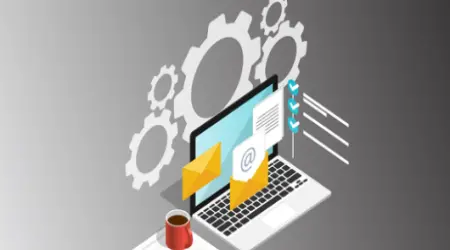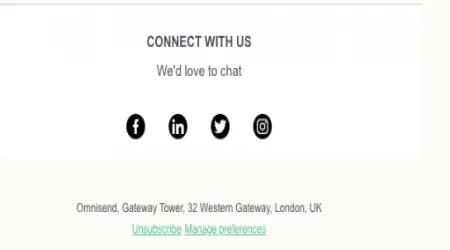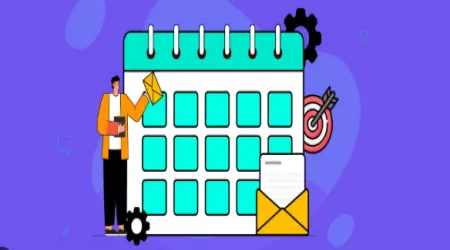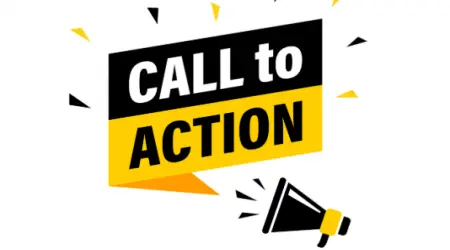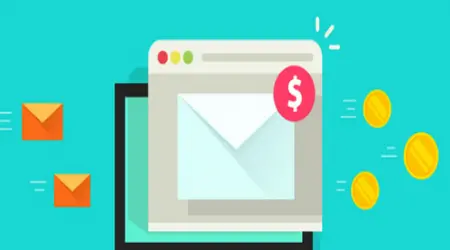
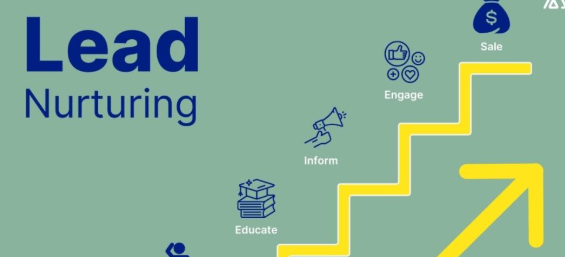
Email Marketing for Lead Nurturing: A Strategic Guide
Email Marketing for Lead Nurturing: A Strategic Guide
Not every subscriber is ready to buy right away. That’s where lead nurturing through email comes in.
Email marketing gives you the opportunity to educate, engage, and move leads through your funnel—one helpful message at a time.
Done right, it can warm cold leads, shorten sales cycles, and turn curiosity into conversions.
In this guide, you’ll learn how to create an effective lead nurturing strategy using email—from first contact to final sale.
1. What Is Lead Nurturing?
Lead nurturing is the process of building relationships with prospects over time, guiding them toward becoming paying customers.
It’s about:
Answering questions
Addressing objections
Offering solutions
Providing value before asking for the sale
Email is the perfect tool for this because it allows personalized, timely, and automated communication at scale.
2. Why Email Is Ideal for Nurturing Leads
Email gives you direct access to a subscriber’s inbox, allowing for:
Consistent touchpoints
Segmented messaging
Measurable engagement
Automation based on behavior
It’s also more cost-effective than ads or sales calls and can reach leads across different stages of the funnel.
3. Understand Your Buyer’s Journey
To nurture effectively, you must align your emails with where the lead is in their journey:
Awareness Stage: The lead knows they have a problem
Consideration Stage: They’re exploring solutions
Decision Stage: They’re ready to choose
Map content and messaging accordingly.
4. Segment Your Leads for Personalization
Not all leads are the same. Segment based on:
Source (how they joined your list)
Behavior (pages visited, emails clicked)
Demographics (location, industry, role)
Stage in the funnel
Personalization increases relevance and results.
5. Create a Lead Nurturing Email Sequence
A typical nurturing sequence could include:
Email 1: Welcome + Valuable Free Content
Thank them for subscribing
Deliver a useful lead magnet or resource
Let them know what to expect
Email 2: Educational Insight
Share a how-to guide, tutorial, or blog post
Focus on helping, not selling
Email 3: Problem and Solution
Identify a common problem your audience faces
Present your product or service as a solution
Email 4: Case Study or Social Proof
Share a success story or testimonial
Highlight real-world results
Email 5: Soft CTA
Invite the reader to book a call, demo, or explore your offer
Use a low-pressure, benefit-driven tone
6. Use Triggered Emails Based on Lead Behavior
Set up automation rules that respond to actions like:
Downloading a resource
Visiting key landing pages
Watching a webinar
Clicking on specific links
These actions signal interest—respond with timely, relevant emails.
7. Provide Consistent Value
Nurturing isn’t about pushing for the sale—it’s about becoming a trusted advisor.
Provide:
Tips
Checklists
Comparisons
Industry insights
FAQs
Be helpful, and leads will naturally move closer to buying.
8. Include Clear and Relevant Calls to Action
Every email should encourage one next step:
Read a blog post
Join a webinar
Download a guide
Book a consultation
Use buttons or links that are easy to find and act on.
9. Use Storytelling to Build Emotional Connection
Facts tell. Stories sell.
Use mini-case studies, founder stories, or client journeys to connect emotionally and show the transformation you offer.
10. Measure, Analyze, and Optimize
Track:
Open rates
Click-through rates
Time to conversion
Unsubscribe rates
Refine your sequences based on performance data. Small improvements compound over time.
11. Avoid These Common Mistakes
❌ Sending the same emails to everyone
❌ Being too aggressive with sales pitches
❌ Ignoring data and engagement signals
❌ Skipping follow-up after initial contact
❌ Neglecting to update or refresh nurturing content
12. Tools to Automate Lead Nurturing
Most email marketing platforms support automation and segmentation. Try:
HubSpot
ActiveCampaign
ConvertKit
Mailchimp
Keap
Drip
Use tags, triggers, and workflows to create responsive sequences that adapt to user behavior.
Final Thoughts: Lead Nurturing Is About Trust
Lead nurturing via email is not about pushing—it’s about guiding.
By consistently delivering value, personalizing your content, and moving at the lead’s pace, you’ll build trust and stay top of mind.
When they’re ready to buy, they’ll choose the brand that’s been there the whole way—you.
